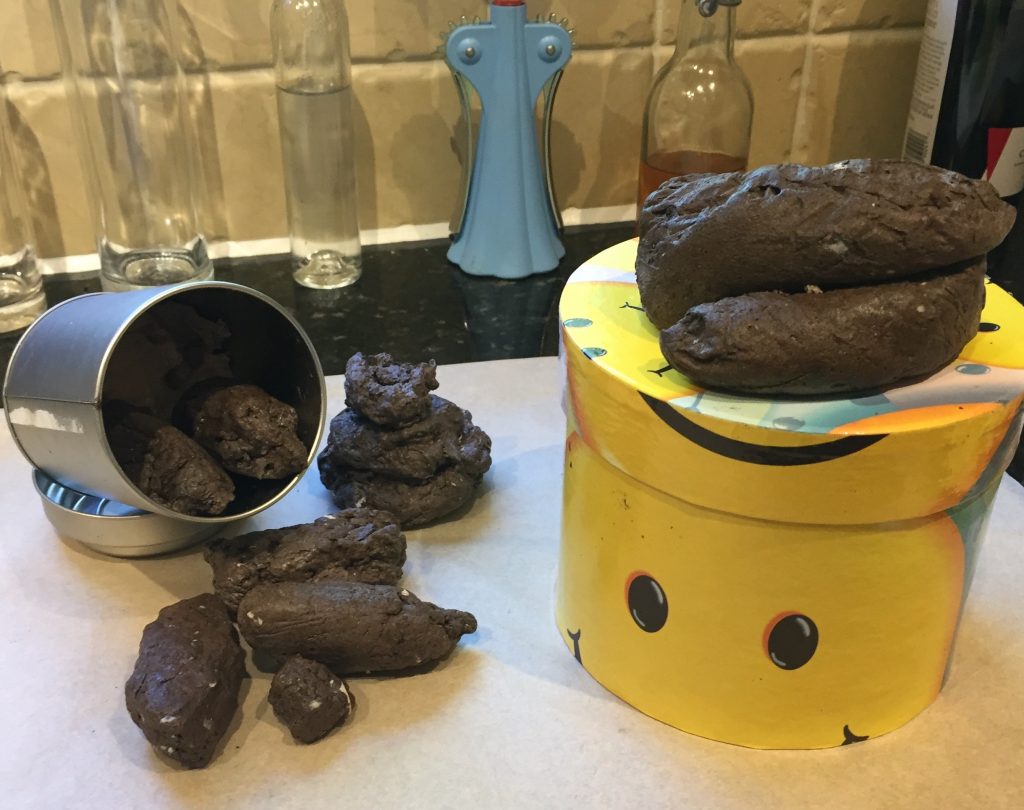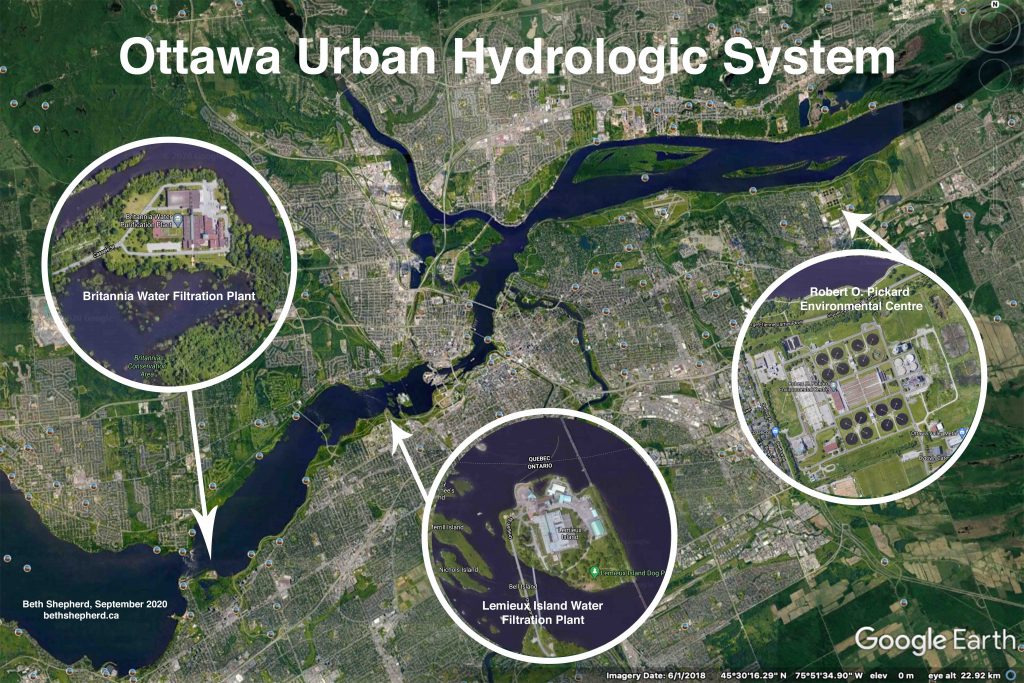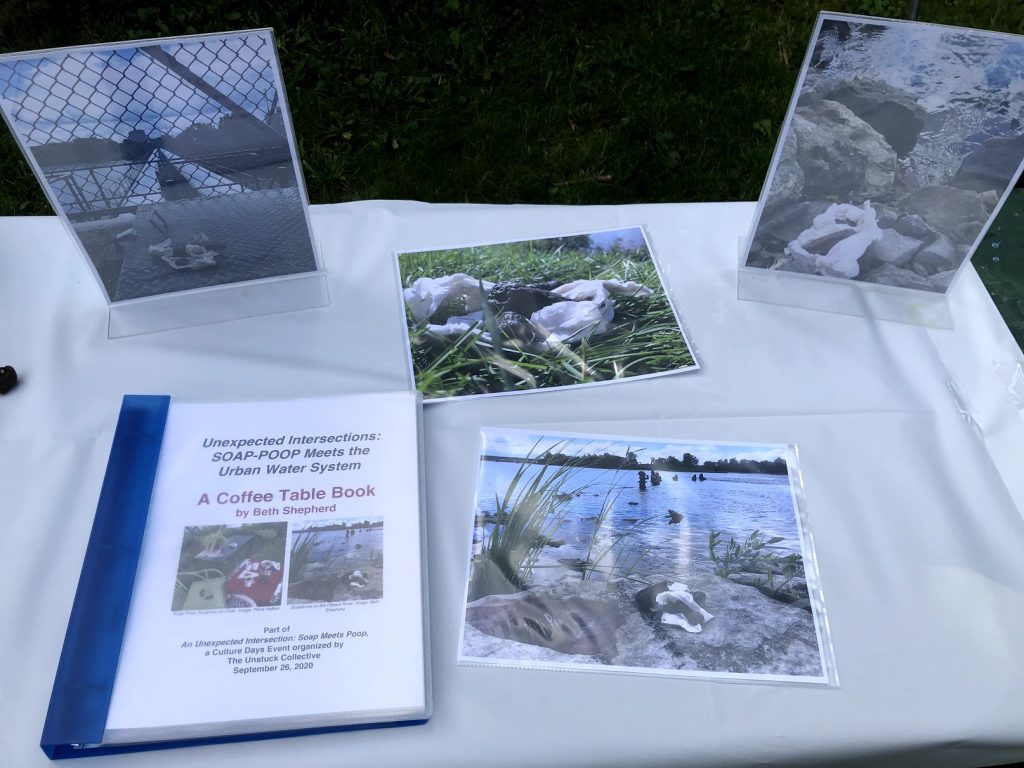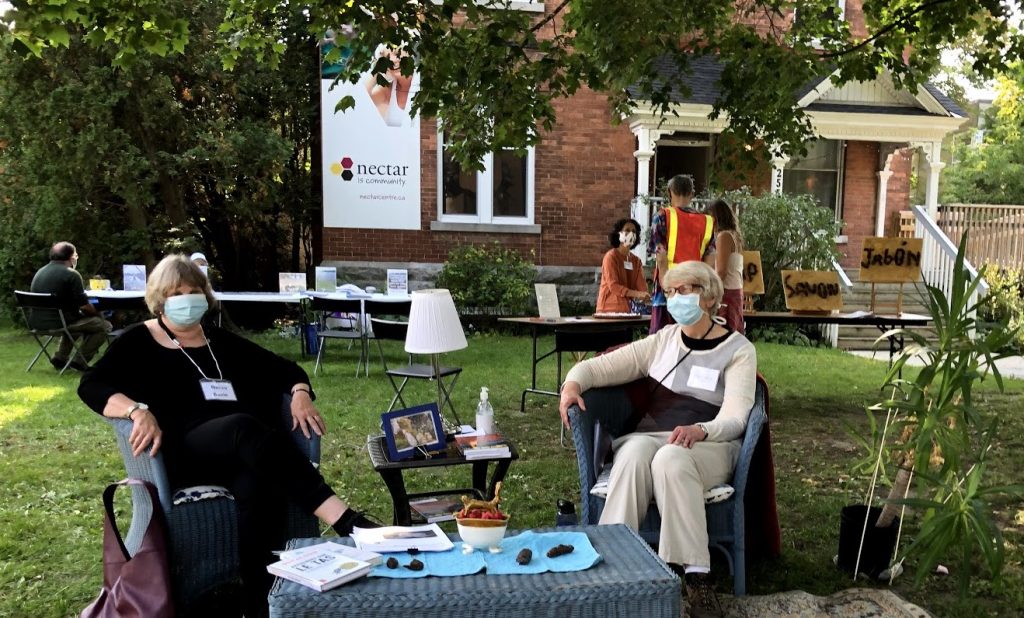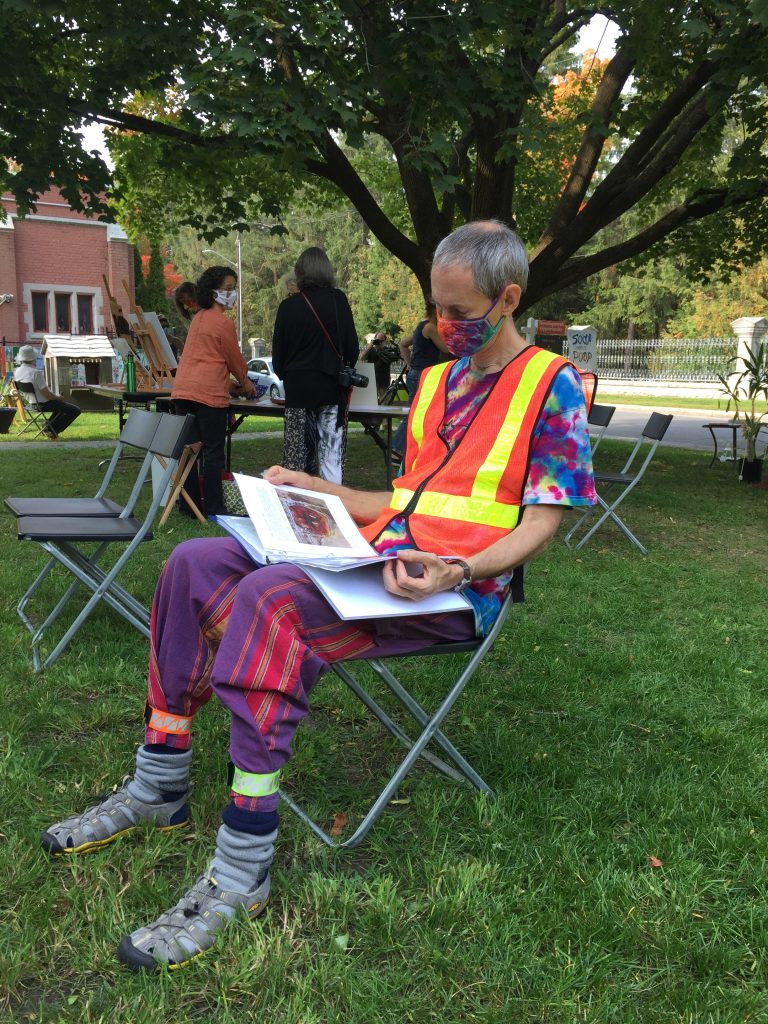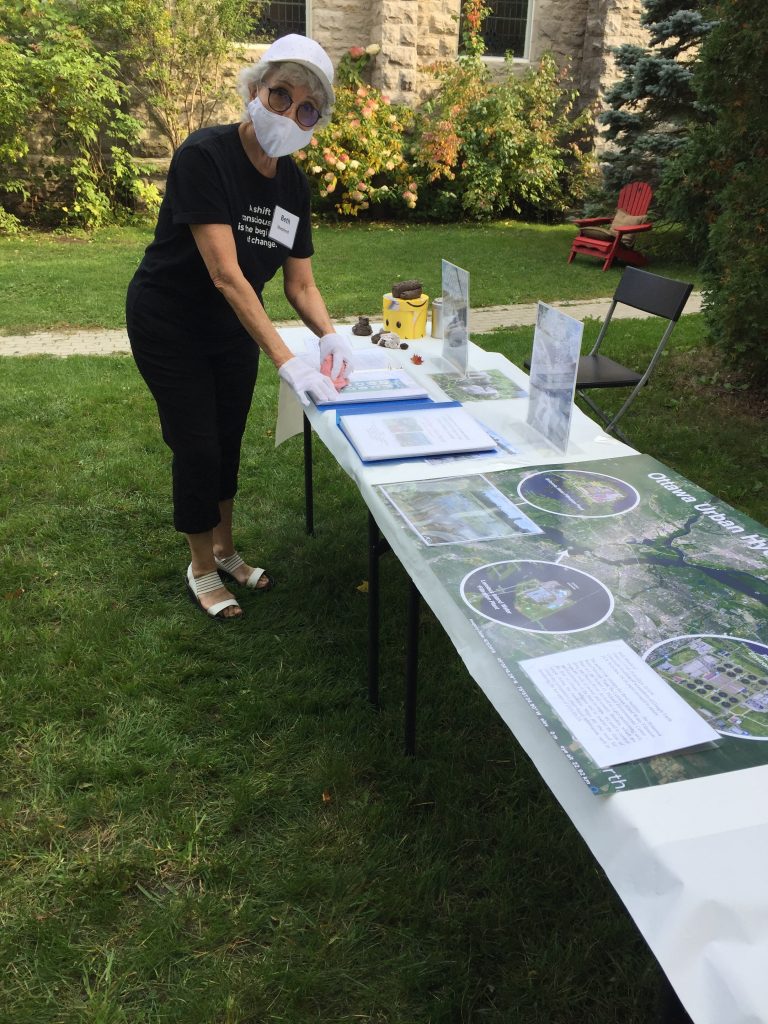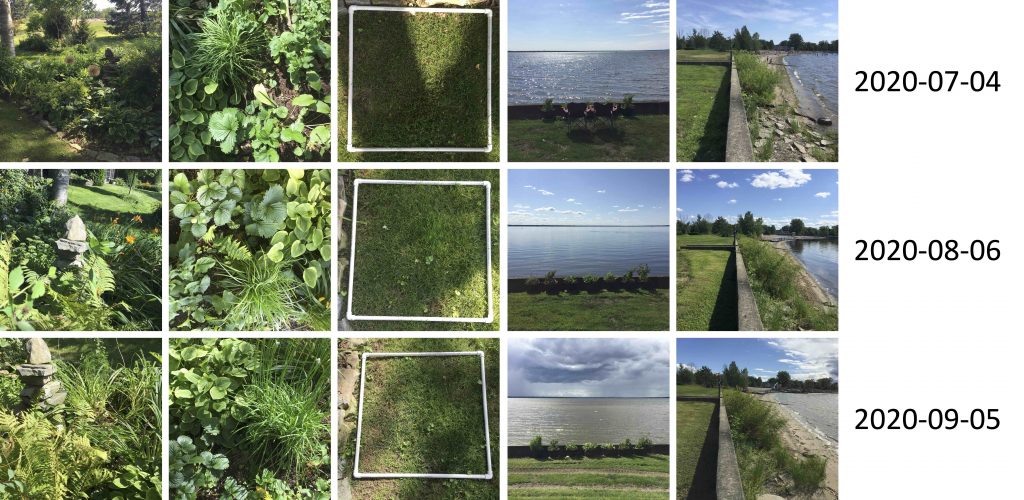
While doing my master’s program in Art History, I wanted to take a different slant on art revealing the harms of industrial animal agriculture – my long-term art and writing focus (see artthatmakesadifference.ca). Formulating my thesis statement for my major research project (sort of like a thesis but without the defence), I discovered ecocriticism and eco-art.
Ecocriticism is a relatively new discipline within the humanities and is an umbrella term for a range of critical approaches that explore the representation of the relationship between the human and the non-human or the human and ‘nature.’ Although ecocriticism took form at the beginning of the 1990s in the arts and literature, it is still not widely acknowledged in contemporary visual art and art history.
The term “Eco Art” was first used in 1989 by Felix Guattari to describe the new practice of revealing environmental concerns of the planet to society, drawing on the root of eco from Oikos, Greek meaning “house, domestic property, habitat, natural milieu.” Some artists were actually making eco-art since the 1960s. According to Mark Cheetham in Landscape to Eco Art, eco-art has become a way of structuring a wide variety of contemporary art practices that engage the conundrum of what individuals can do in responding to ecological and environmental issues in the Anthropocene.
In light of the growing environmental concerns and the climate crises, many academics and artists, myself included, may indeed be working ecocritically without knowing much, if anything, about it. When I finished writing my MRP — “Mishka Henner’s Feedlots: New Perspectives on the Contemporary Ecocritical Landscape” — I felt like I had found my niche. While I remain an animal advocate, I have shifted my art practice towards ecology.
While the apprehension of COVID-19 was growing, it was not until mid-March that the lock-down took effect. As art galleries, art classes and even my printmaking studio closed down, I decided to begin an eco-art project at home. I launched the “Quadrat Journal: An eco-art project that will (somehow) integrate ecology, geospatial representation, pandemics and social/ physical distancing” on March 27, 2020.
Wanting to refresh and update my knowledge of ecology for my new eco-art practice, I came across the “quadrat,” an ecological tool for measuring population densities of species in a given area. My original idea was to carry my newly constructed quadrat around and take pictures through it to add a spatial lens. I did this for a couple of days but it was awkward so I decided just to photograph my backyard. I started taking five square iPhone pics everyday—two of my garden, one of the lawn and two of the Ottawa River at the end of my backyard. At the same time, as I come across interesting ecological news item or other things I want to research, I would make a new slide in my journal. In it I cover a range of topics from pandemic movies, alien species, biological and viral classification systems, to herd immunity and personality factors in social distancing. I also talk a lot about critters in the backyard.

